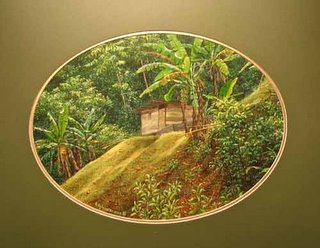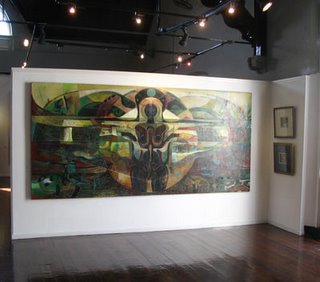
The Coronation of Queen Elizabeth II on June 2, 1953
The history of the English Crown, the Monarchy explains is made up of the Union of Crowns from 1603. The concept is based on a single ruler developed from the eighth and ninth century. Figure heads such as Offa and Alfred the Great began to create a centralised system of government. Following the Norman Conquest, the rules developed a national institution including the formation of Parliament.
During the Middle Ages there were many contests over the Crown, which culminated in the Wars of the Roses, which lasted for a century. The conflict ended with the advent of the Tudors, a dynasty which produced some of England's prominent rulers. The death of the 'Virgin Queen' in 1603 ended Tudor family line and brought about the Union of the Crowns with Scotland.
.........................................................................................................................................................................
In a world where there are more millionaires and billionaires than ever before, and airlines like Singapore Airlines are creating Above First Class as a class on their airline and billionaires are buying L1011’s to trick them out with bedrooms, bathrooms and boardrooms, the mind can spin at the thought.
You might hear yourself say incredulously, but shouldn’t we be thinking about global warming and famine? Prince Charles struggles to come to terms with using his private jet to go to meetings on sustainable agriculture and his wife Camilla Parker Bowles complains of the heat while walking around a little third world Caribbean island, from their private yatch.
Money is a great thing. It can help humanity tremendously. But what are we doing with it? Why is it that more money is spent on war than on joy? Why are we still so paranoid? Actually that is easily answered, just look at how we deal with each other on a daily basis. The way some people drive, I am glad that they do not wield political power. Using precious materials in the world of Art is not new, but what is interesting about their use today is the patron it will go to. I am sure that after the surprise of the Hirst head, the next expectation was, who would collect it?
Obviously there are people in the world very willing to purchase such objects for whatever reason, the ability to do so comfortably, the desire to have something that will continue to appreciate in value, bragging rights…maybe all of the above. What does this say about the artist? Is the artist right to play this commodities game when we are supposed to be the people who keep the reigns of society mindful of itself? Is Mr. Hirst’s head and Mircea Cantor's corn may be just a humorous analogy of all that is excessive in the world and moreso a statement of questionable taste? Is the purchaser in on the joke and ‘gets’ it? Working in diamonds or bronze or whatever expensive material available to artists who can afford to create costly visions may be more about wanting to push the limits of their ability, concept and our expectations.
I think that that is why we have seen huge blow up structures like Paul Mc Cartney’s piece that framed the Tate Museum in 2004. It may be why artists work so large right now. It is about competing with all the other media out there and reminding their public that a gynormous painting is way more flashy than a flat screen television when it’s off, and it is always impressive no matter what time of day or mood you are in after a day of stock trading.
The world of the rich makes you feel as though you never got the memo for the race. The gulf between the haves and have not’s is a Gulf Stream jet of air fuel. Yet this is not a pity party. Somehow, we all manage to live with poverty, vagrancy and insanity lying side by side as we smartly talk on our cellphones to friends complaining that we have no time and we wish that life was much simpler.
The artists who work with expensive materials are giving the patron value, and as Andy Warhol knew when he silk screenprinted money, artists are just giving that rareified group what they want. Whether it gives something back to art history in the process is an entirely other matter. - Adele






